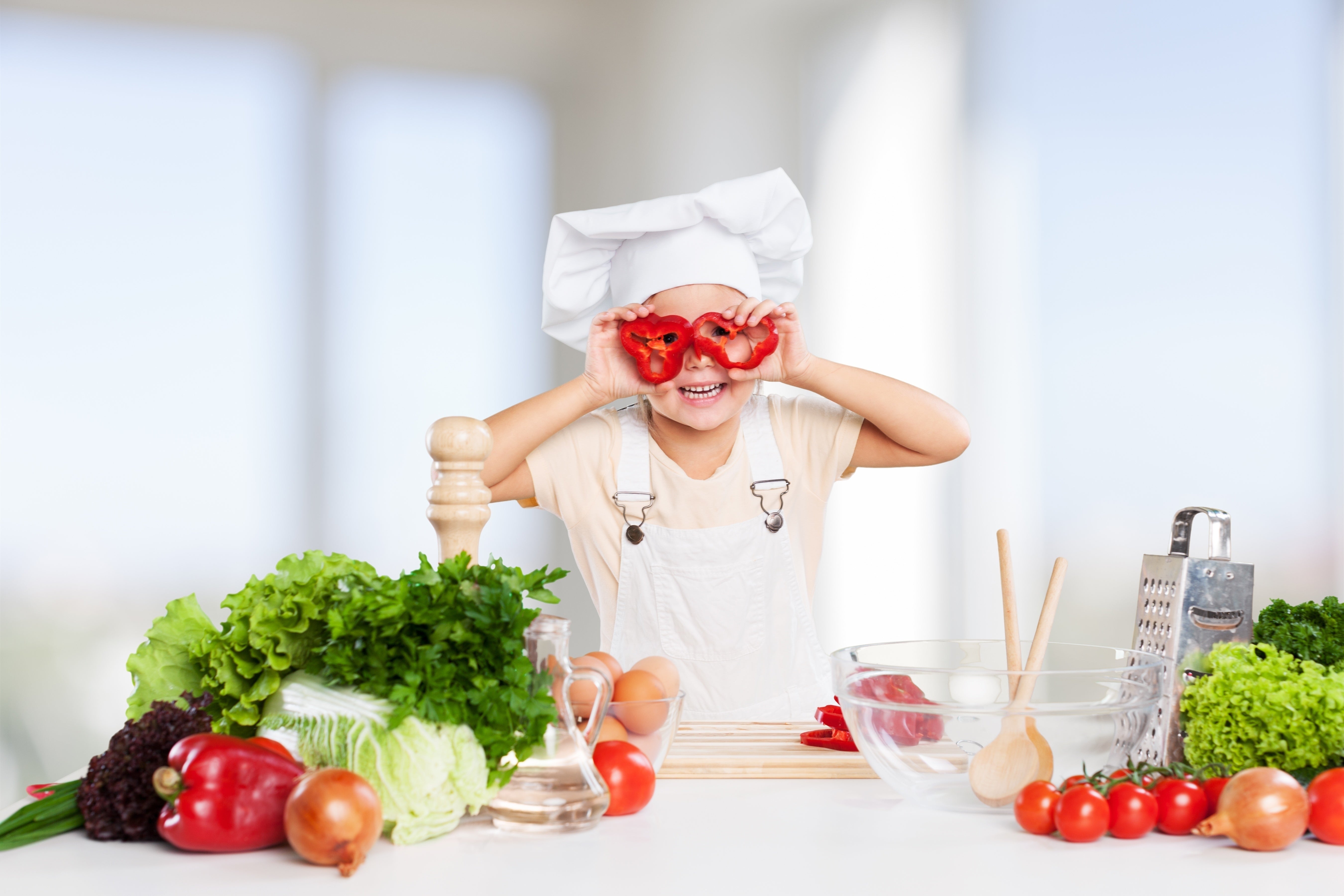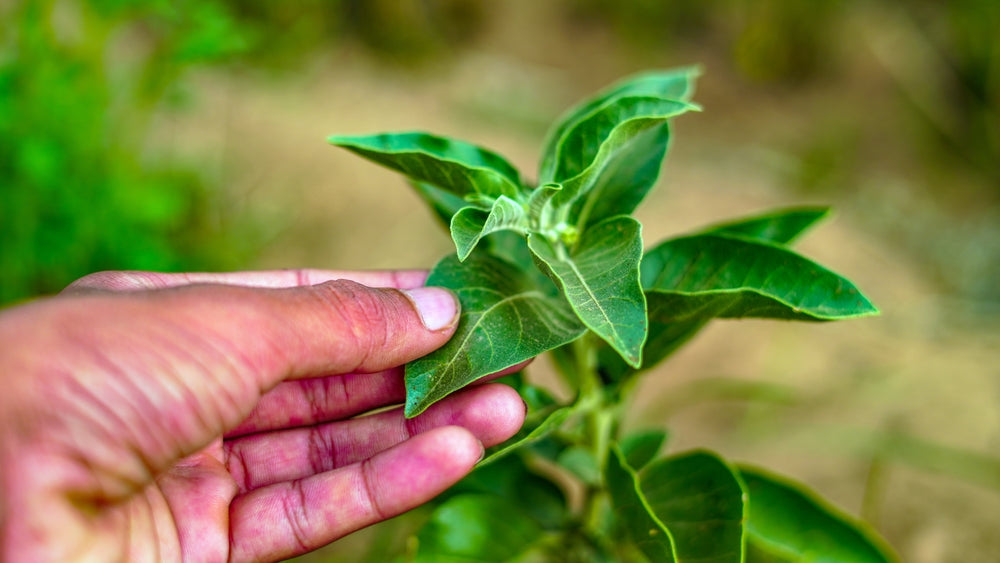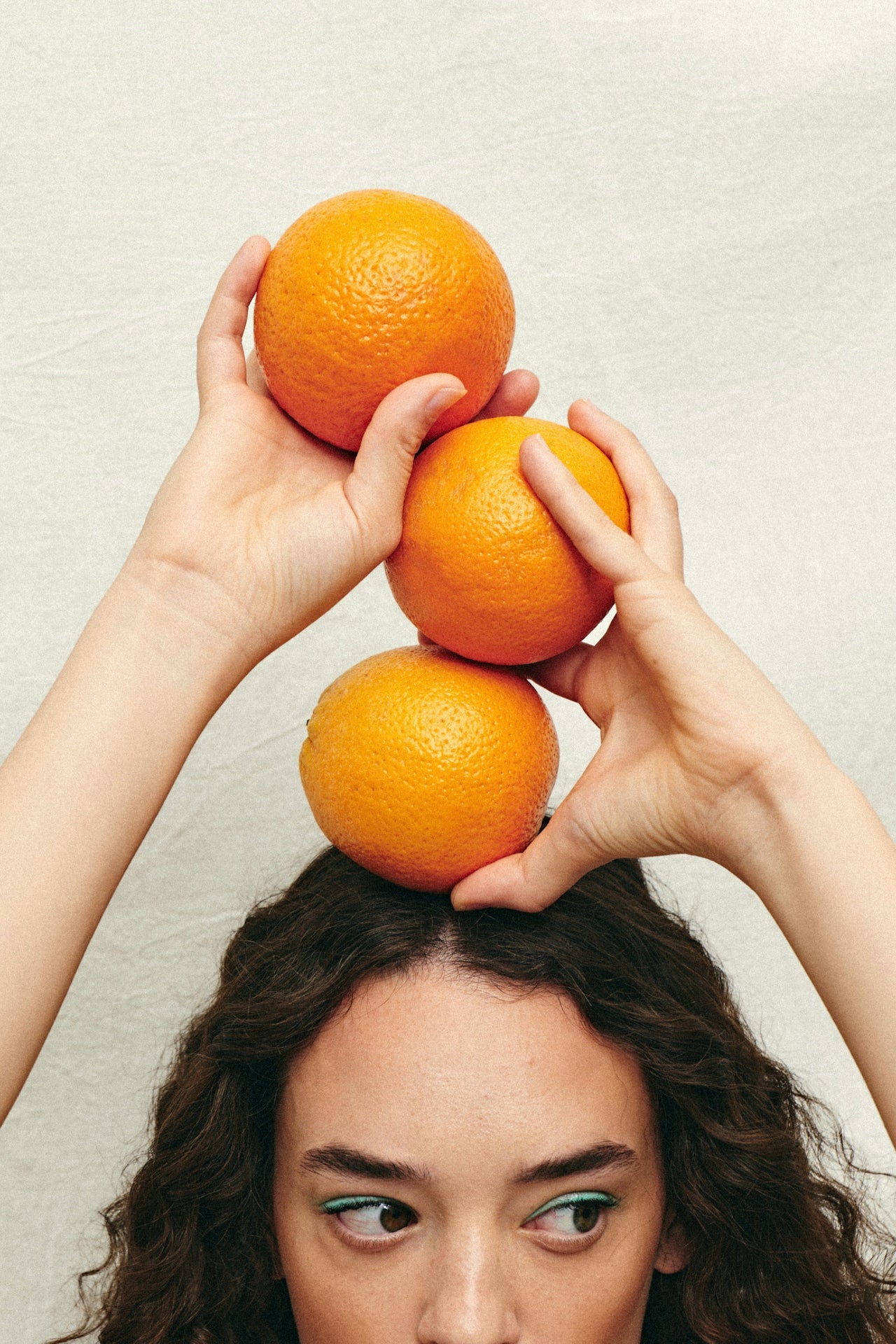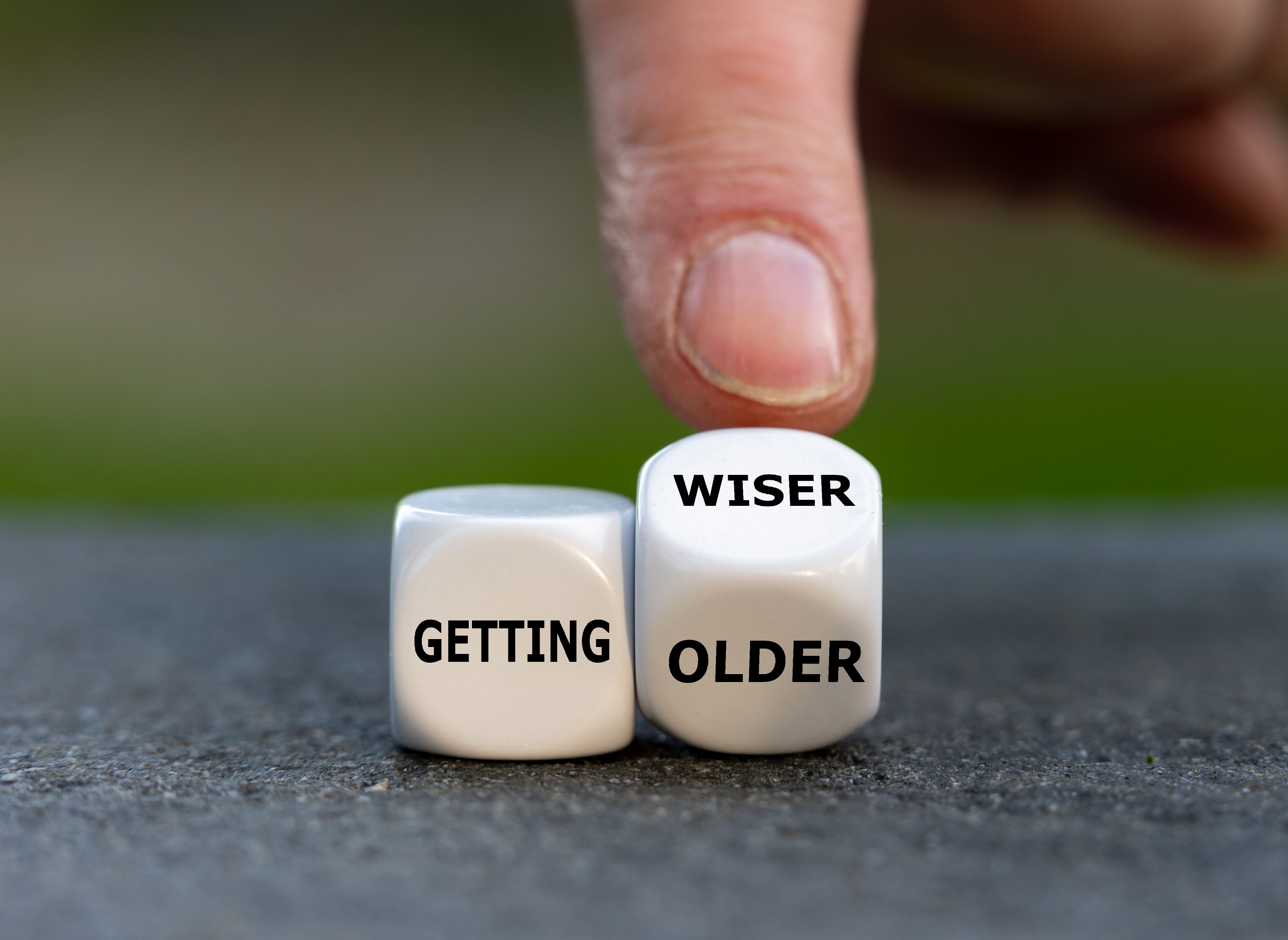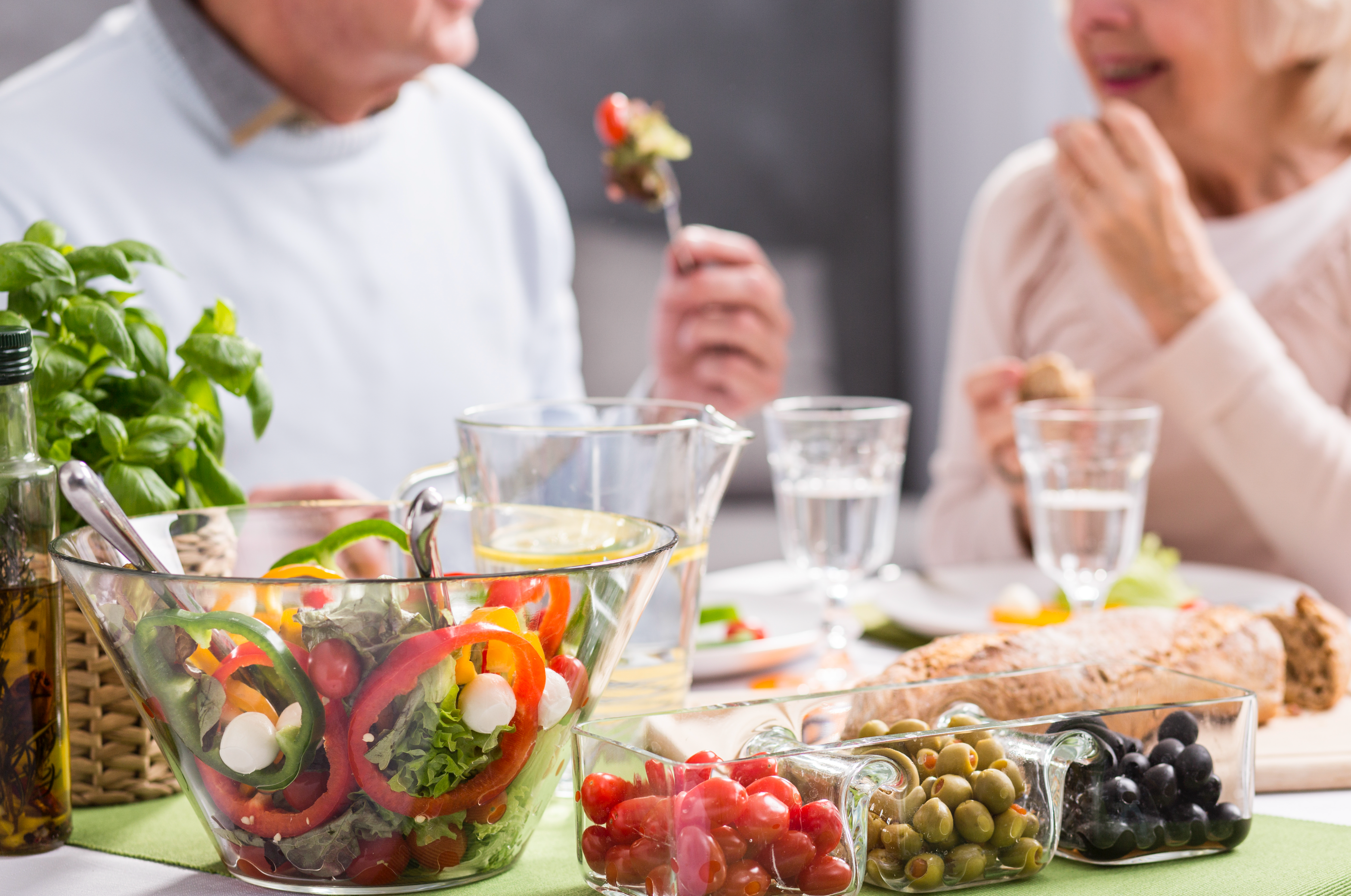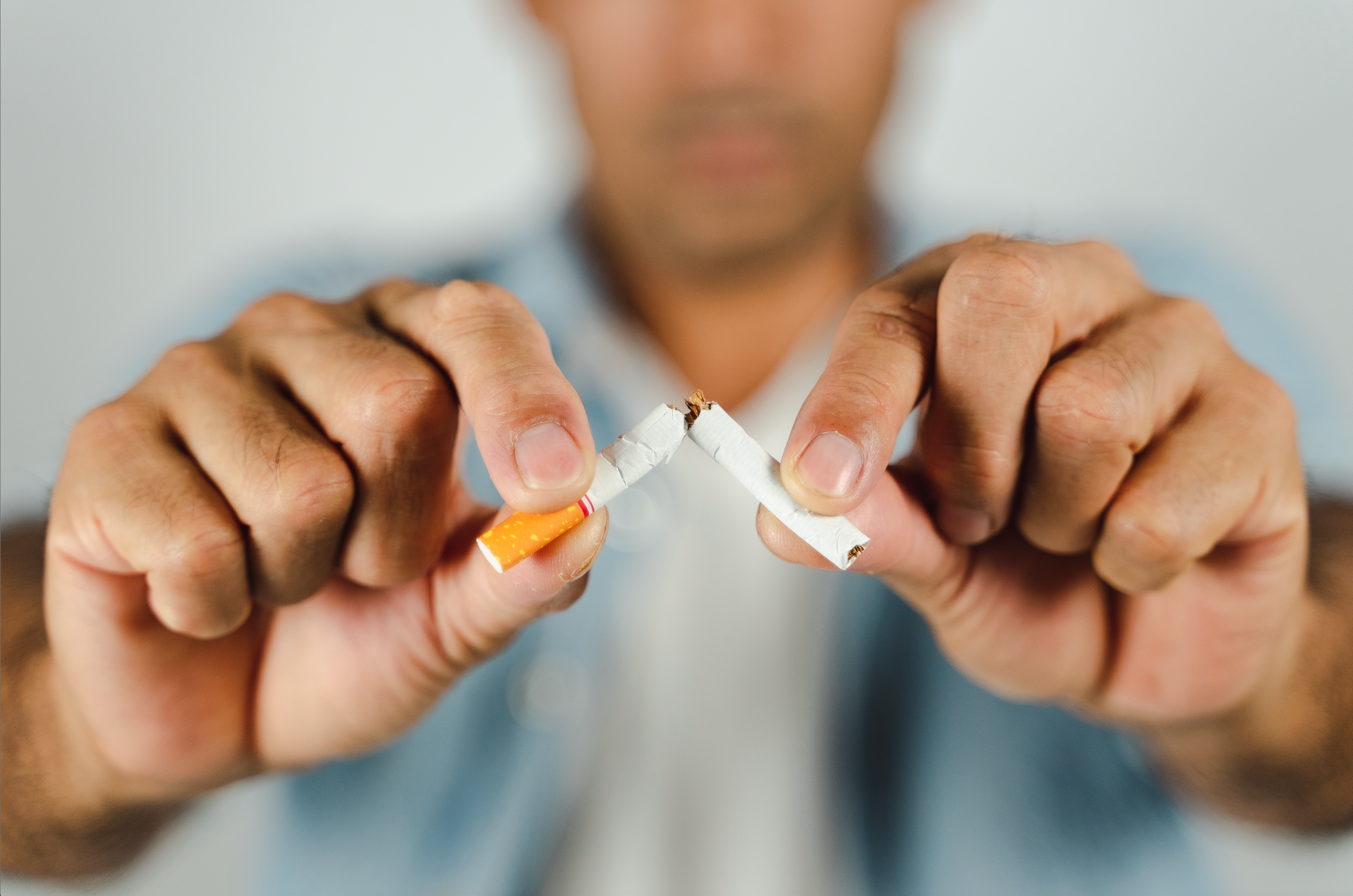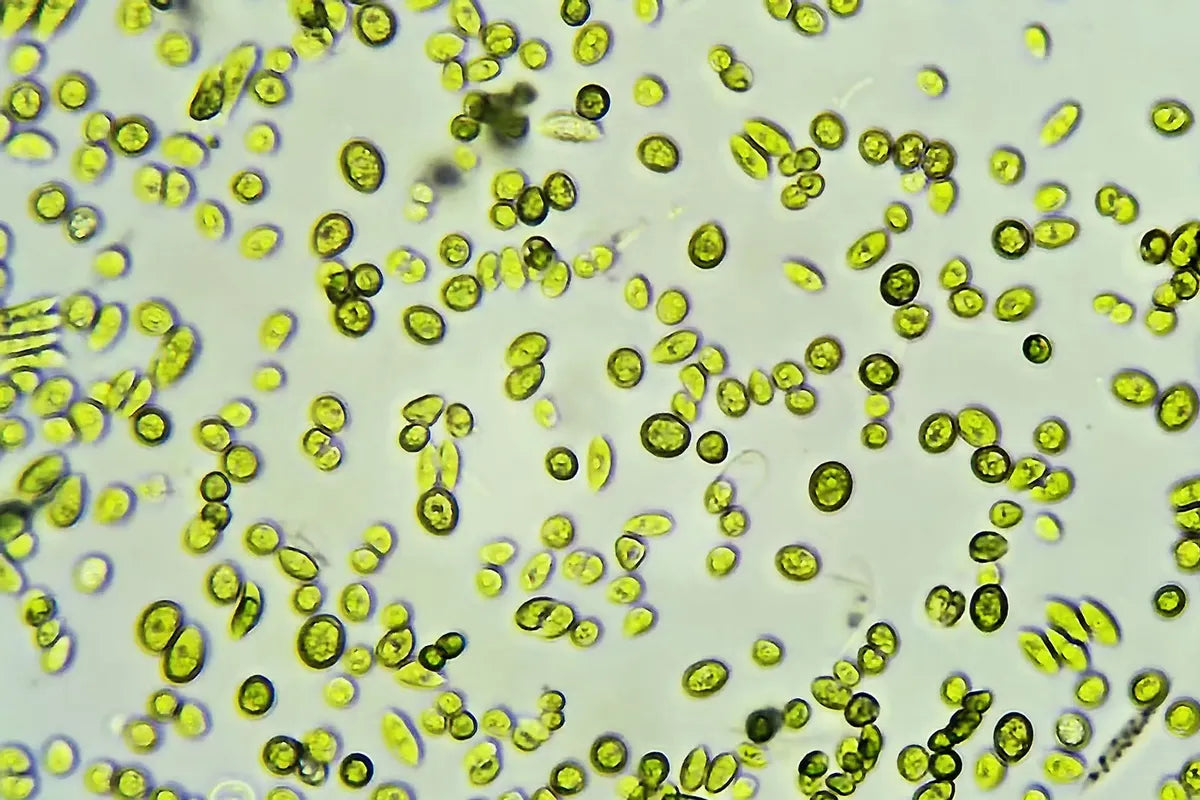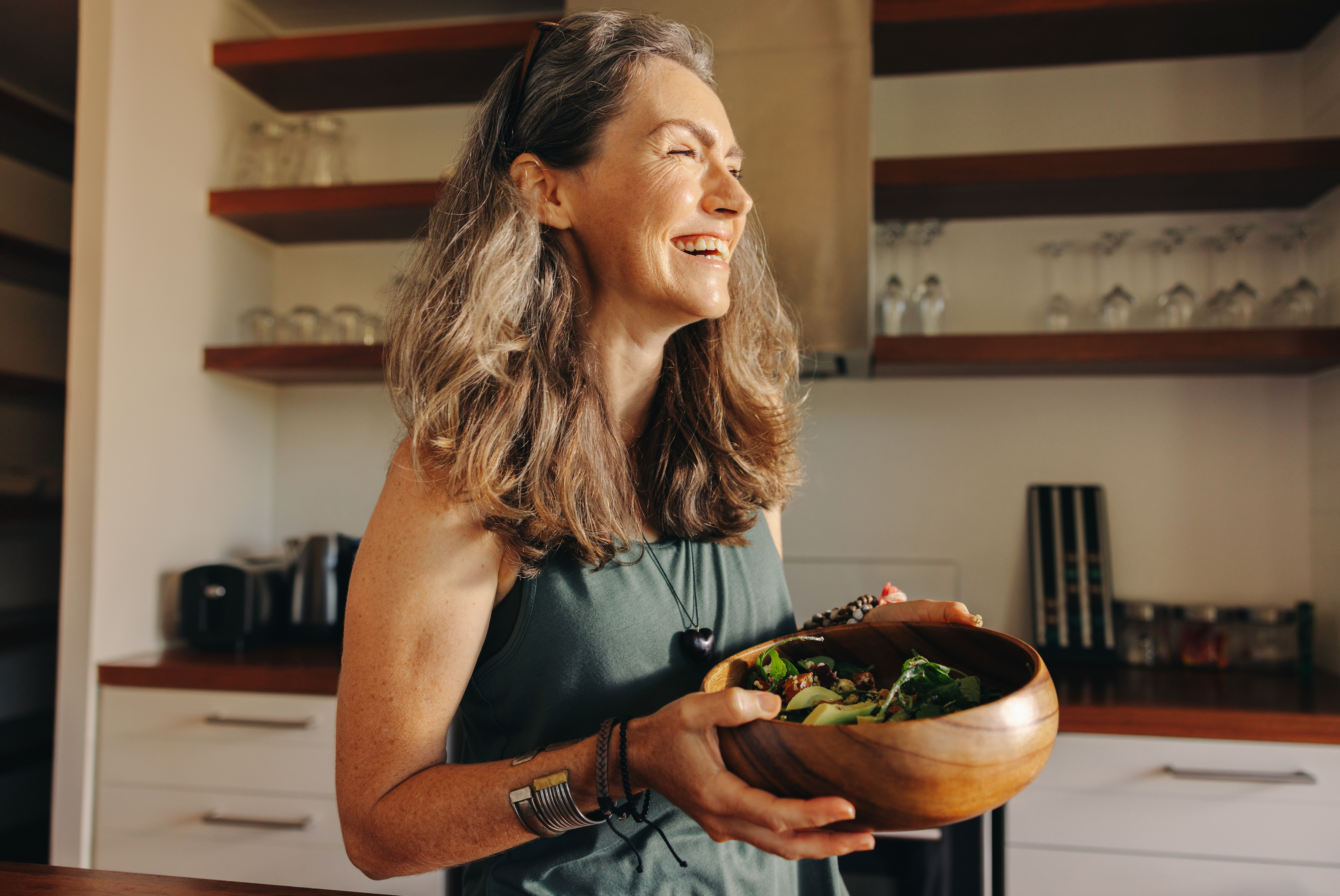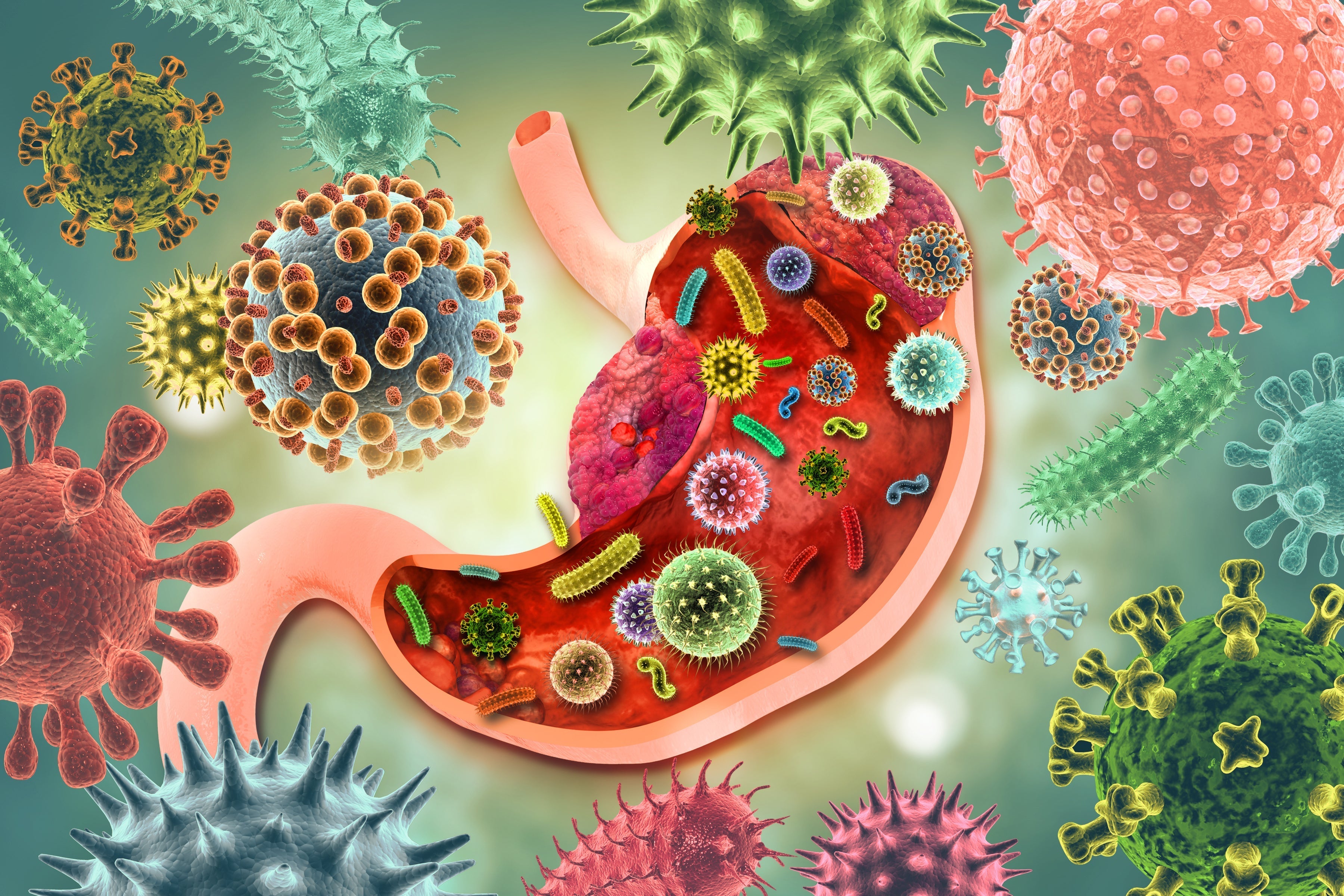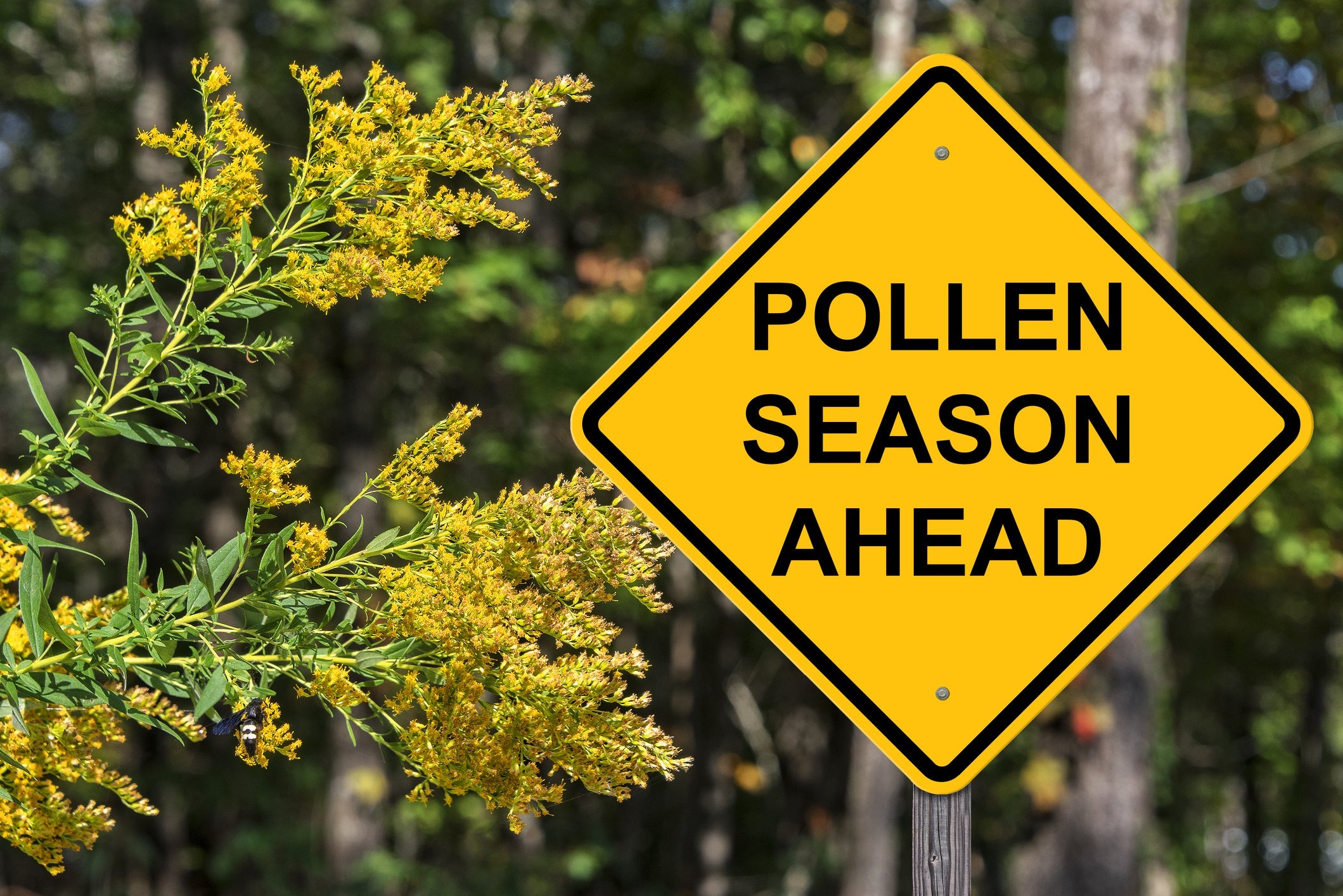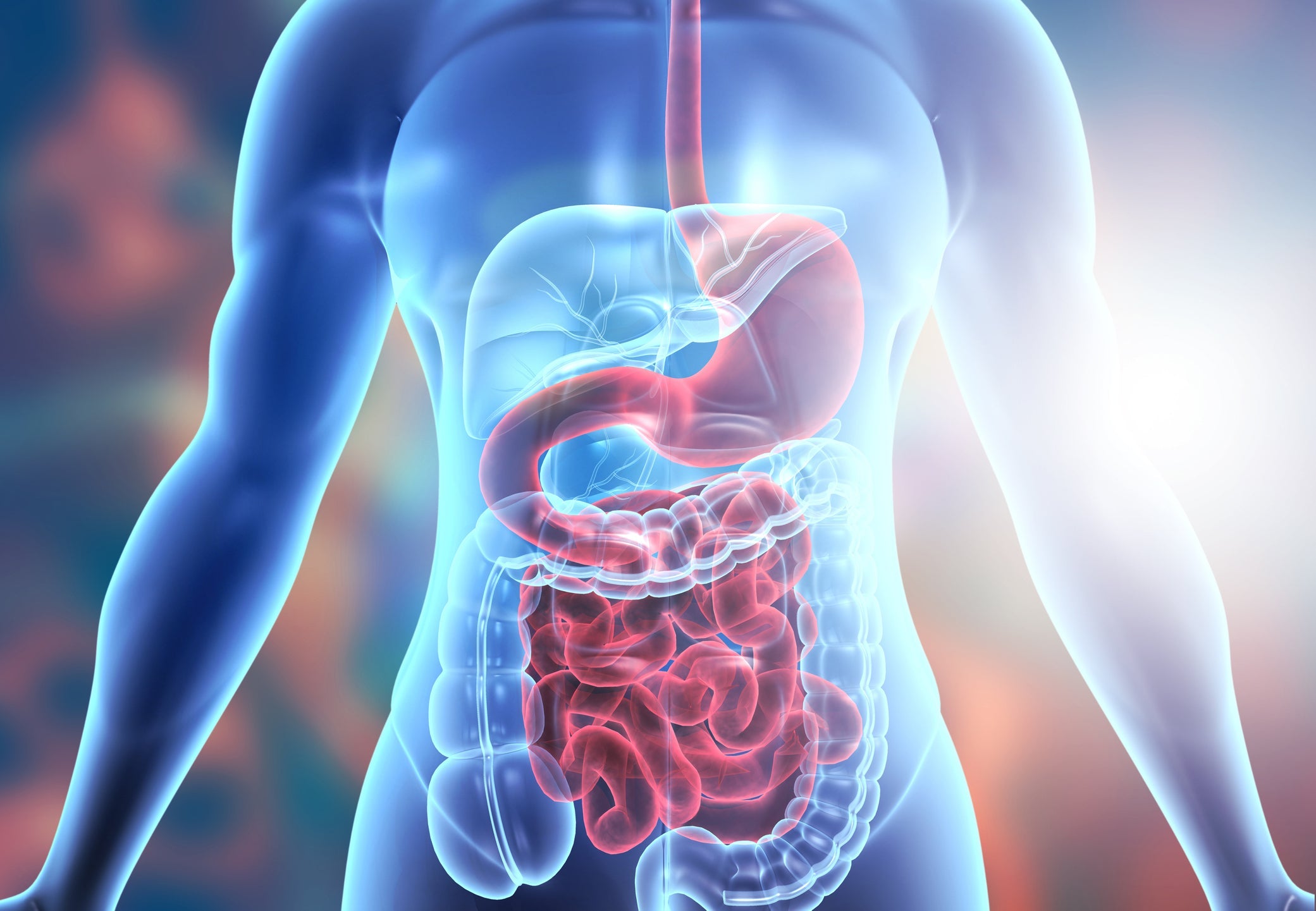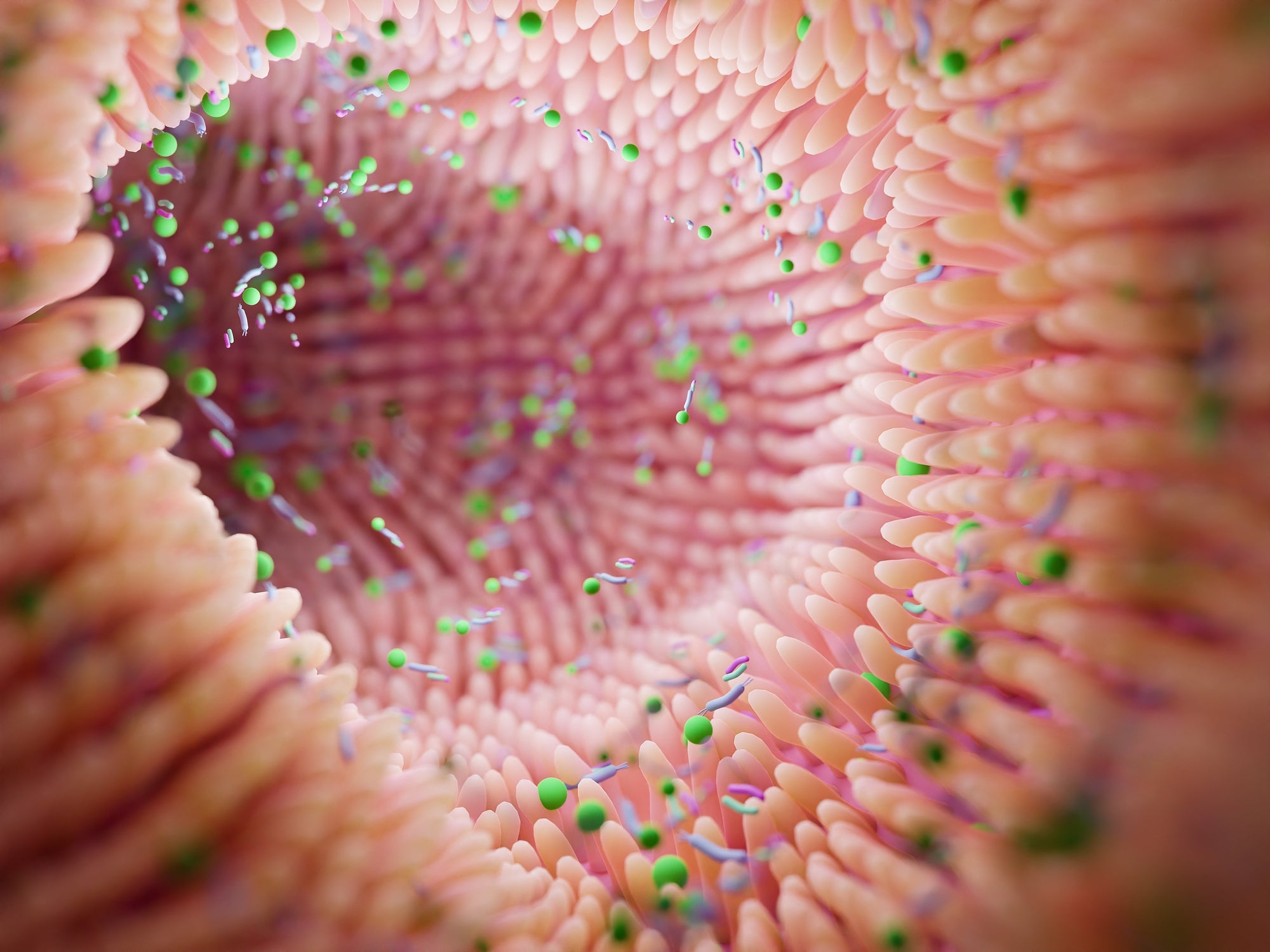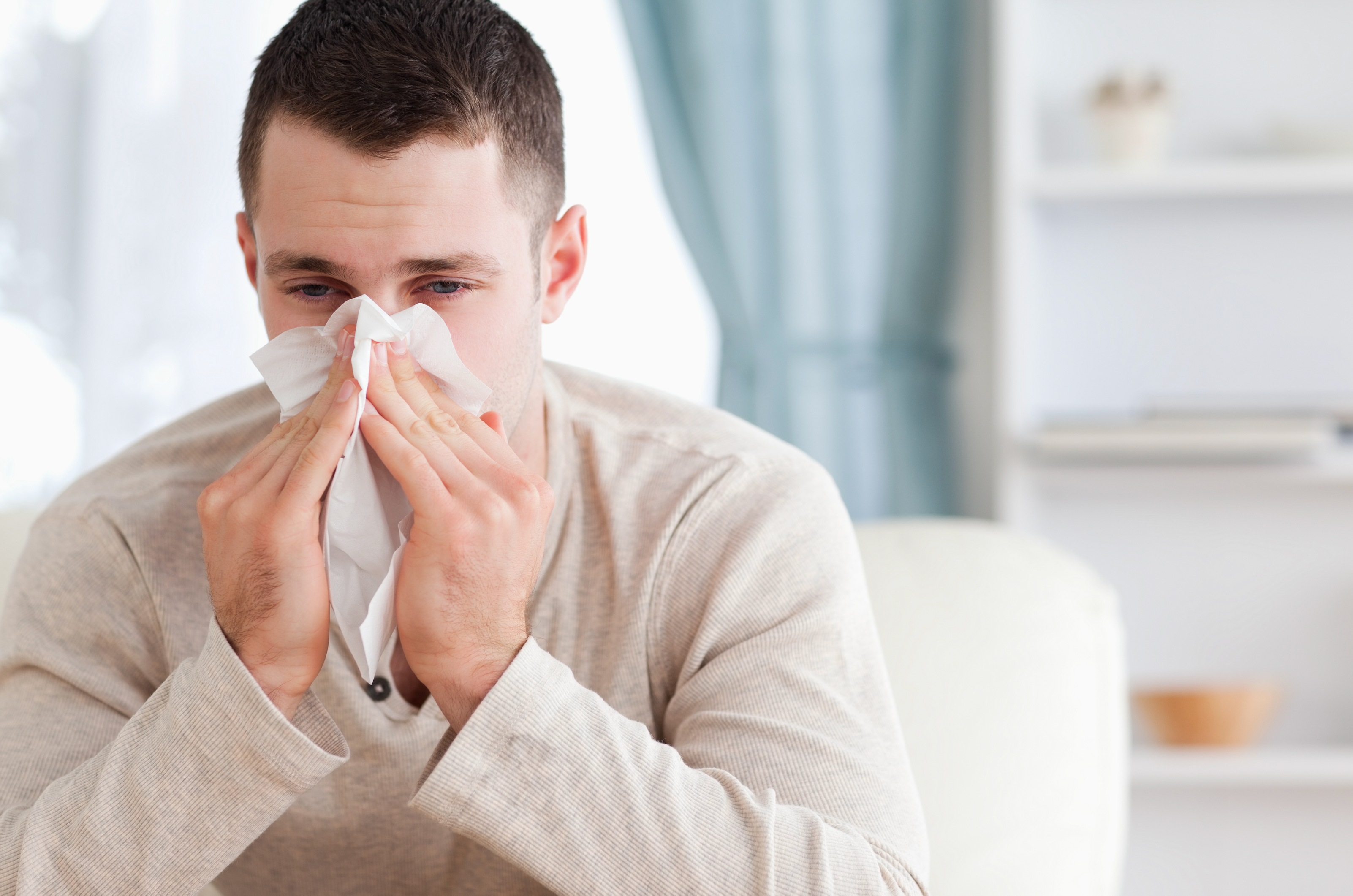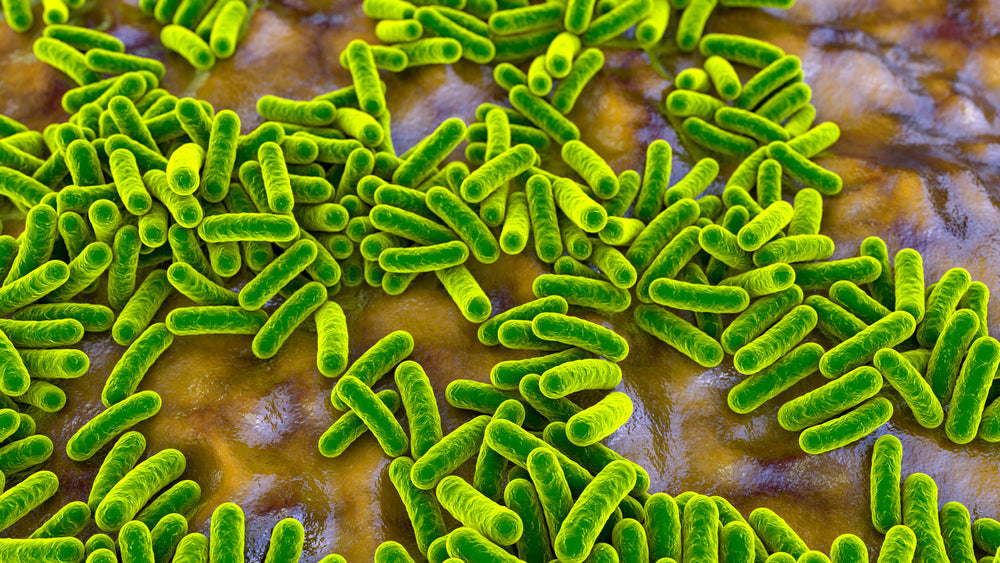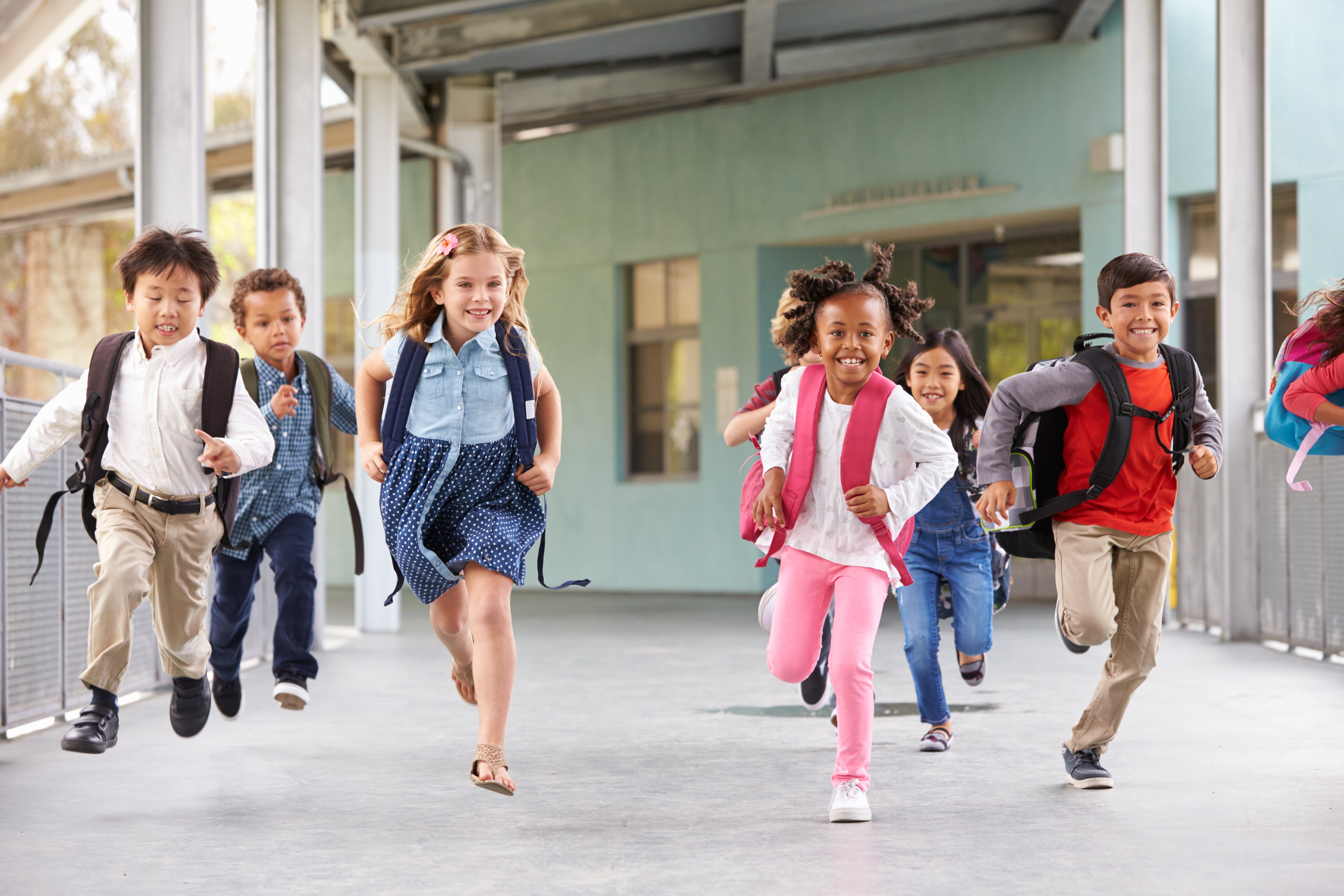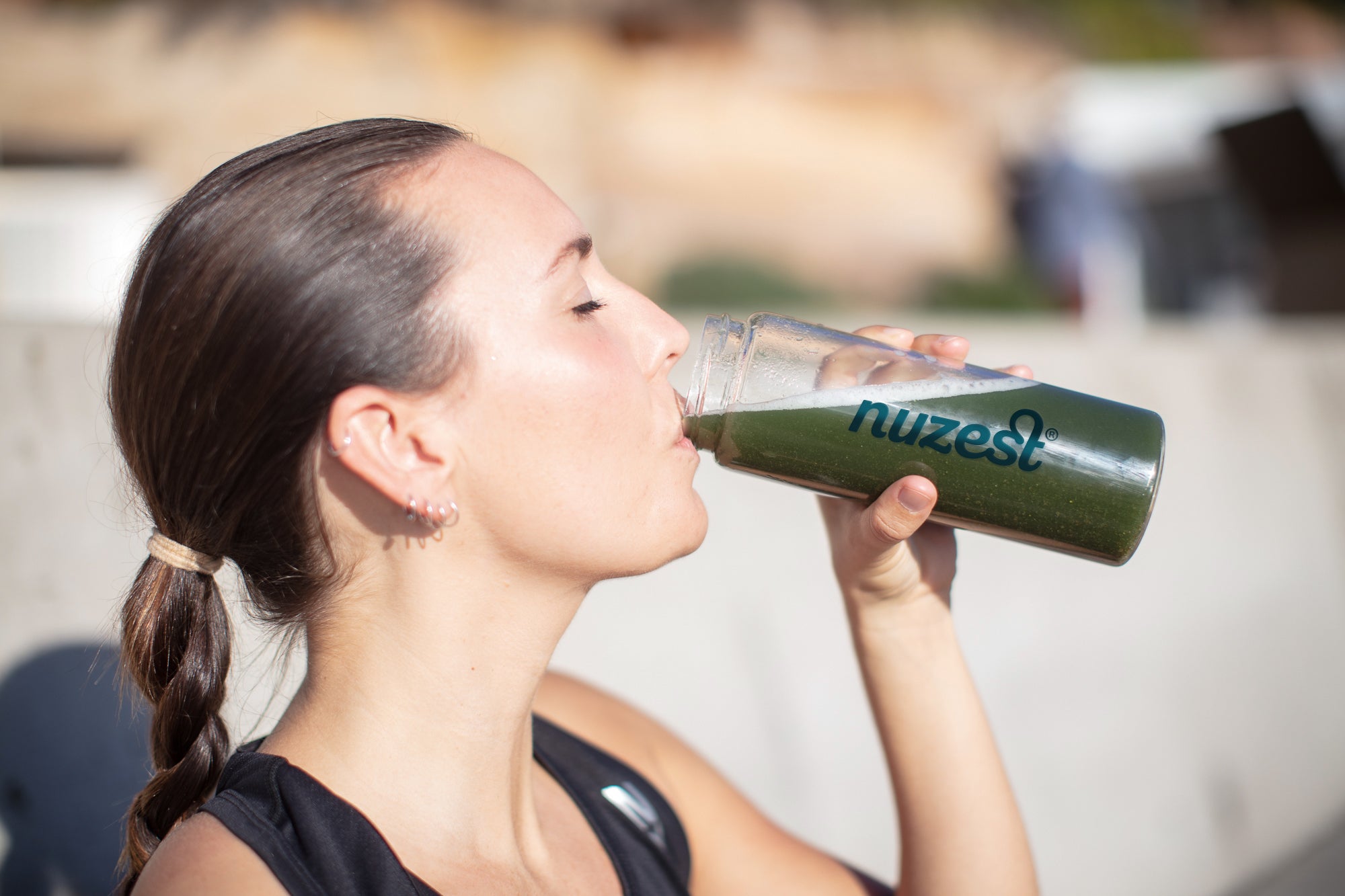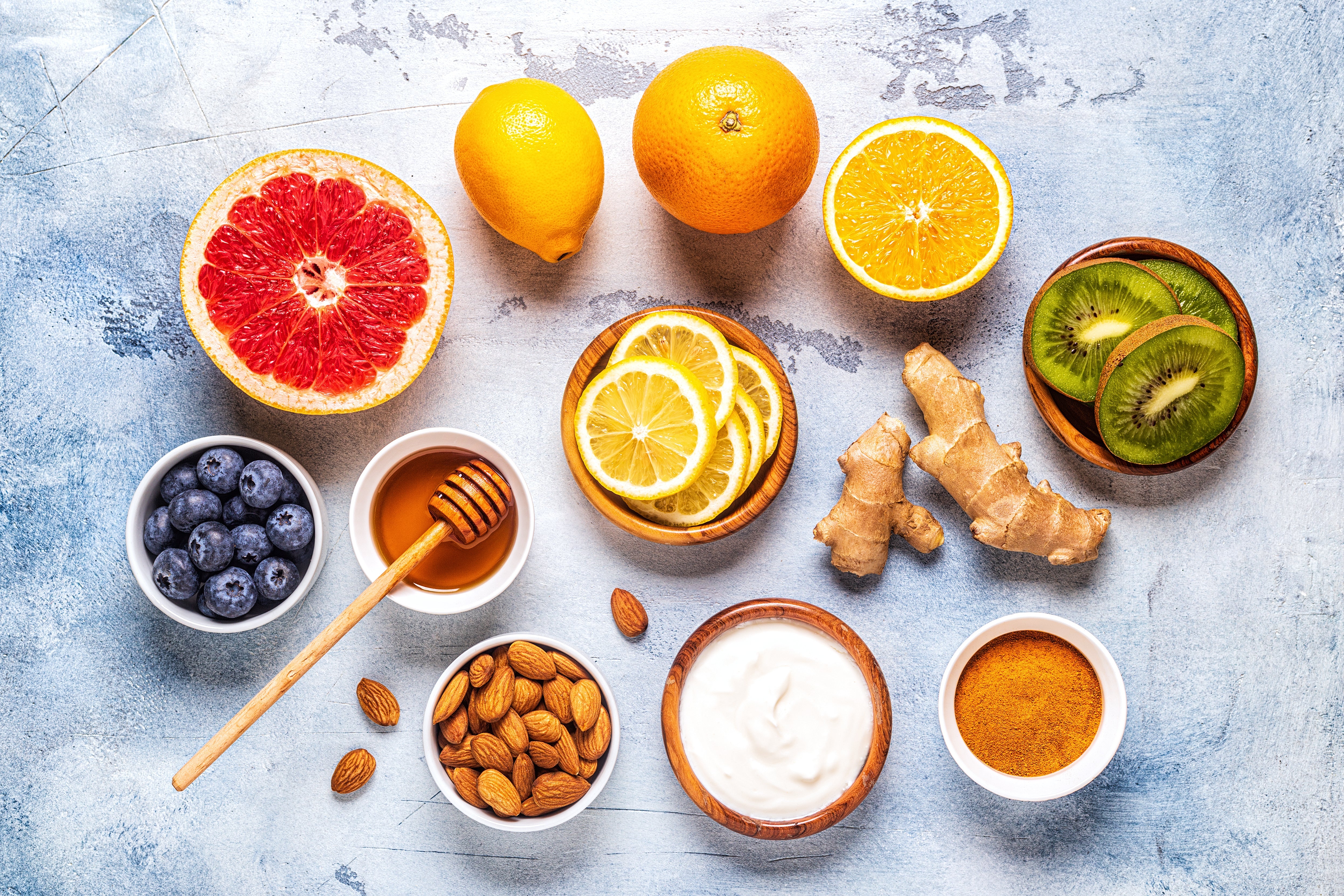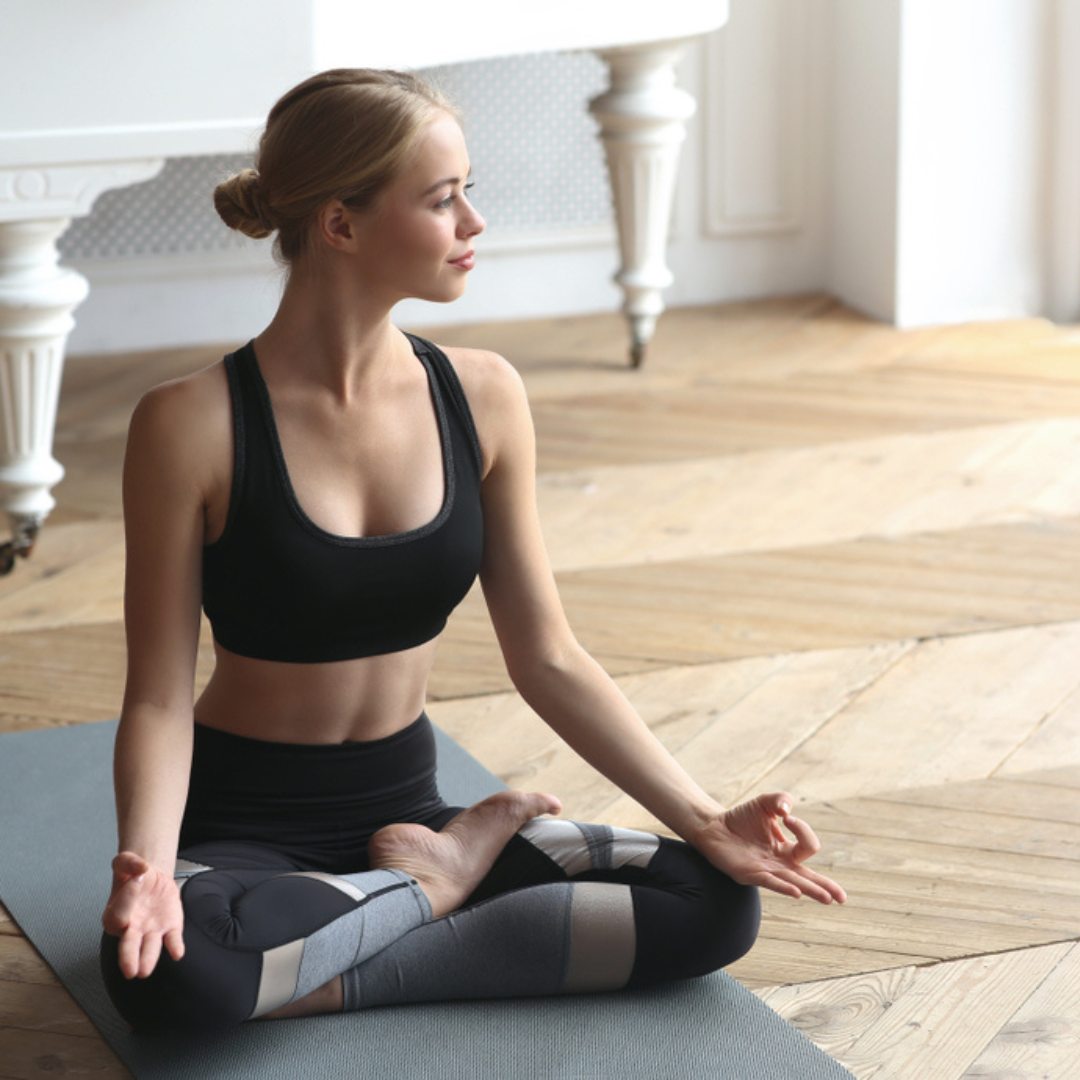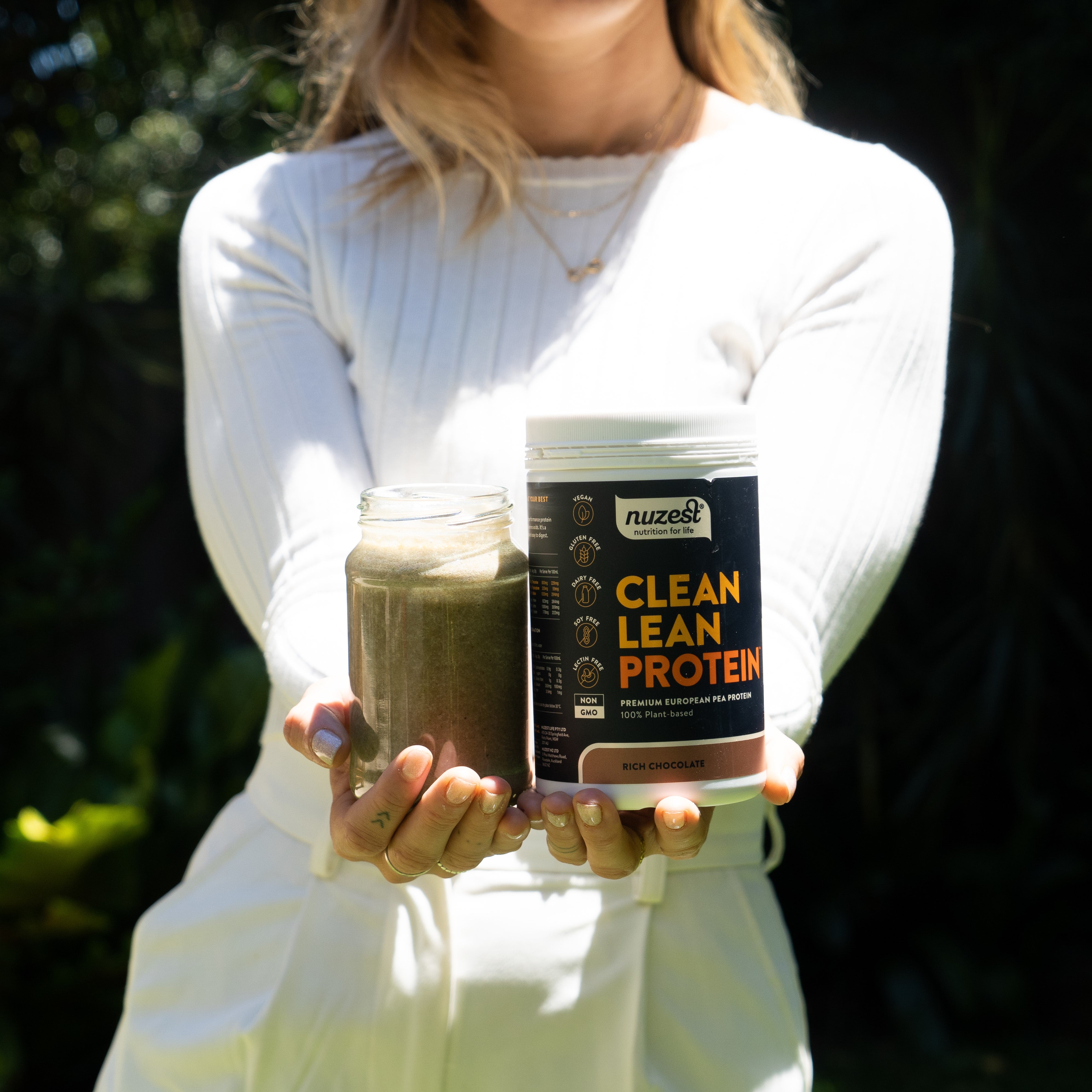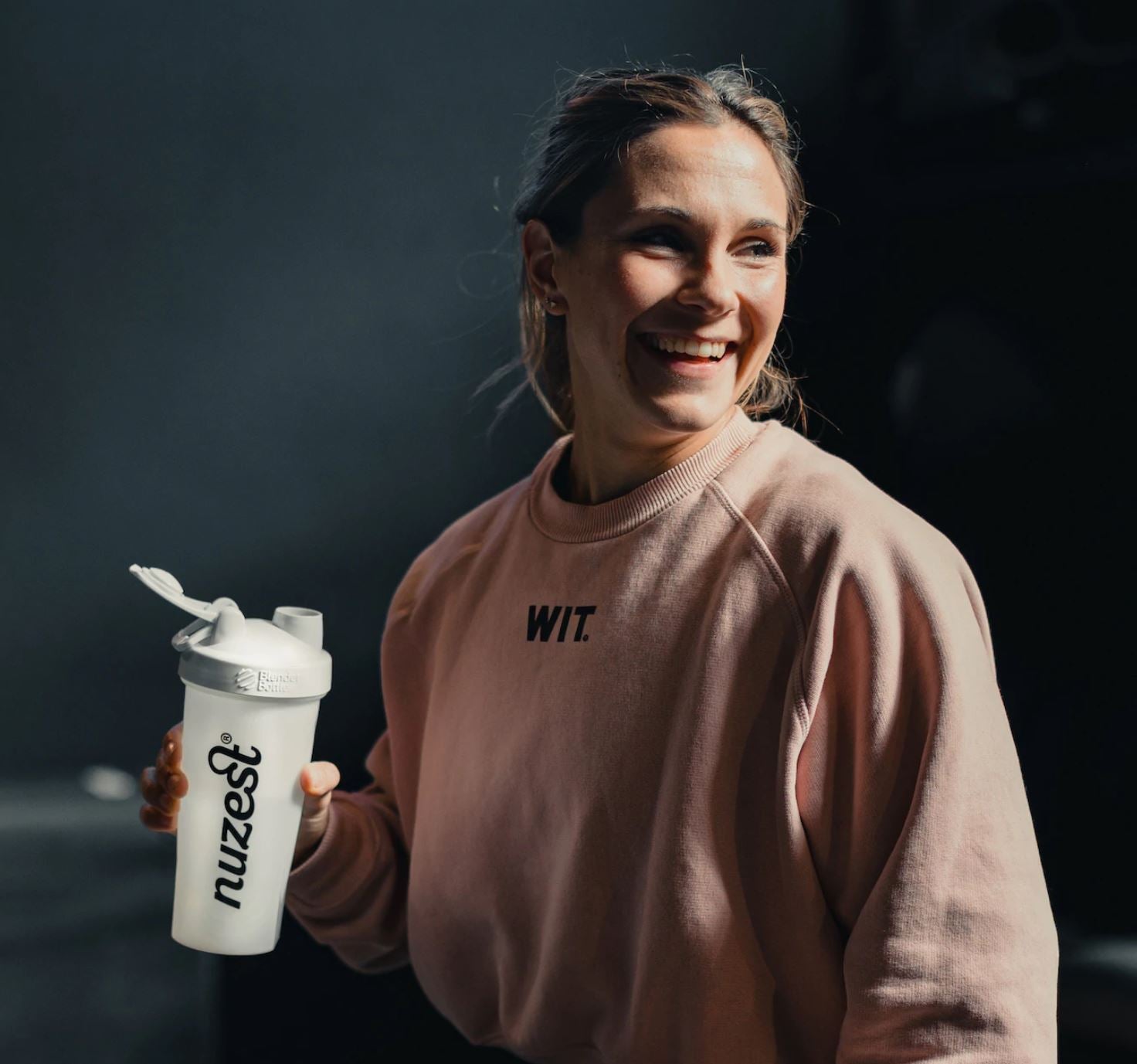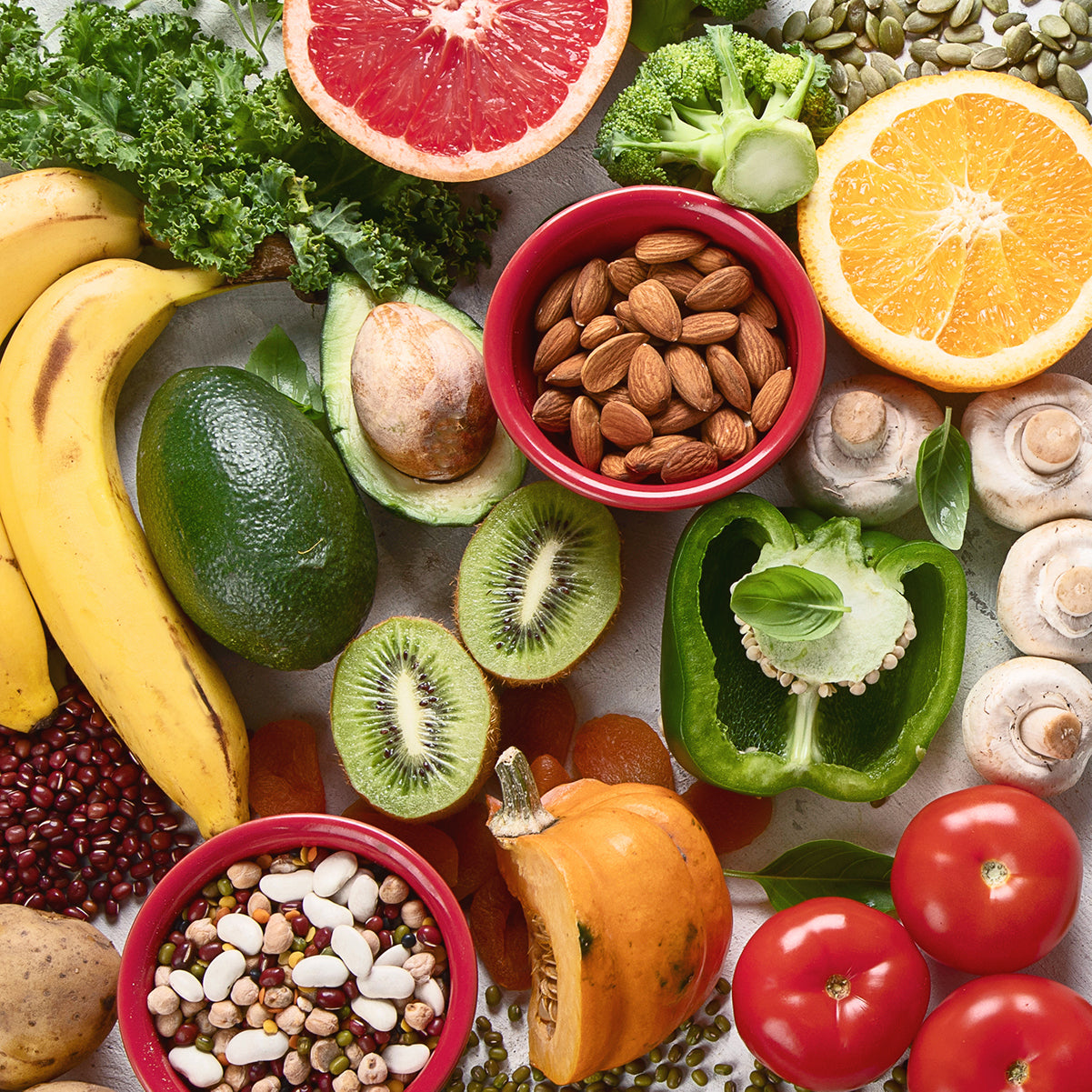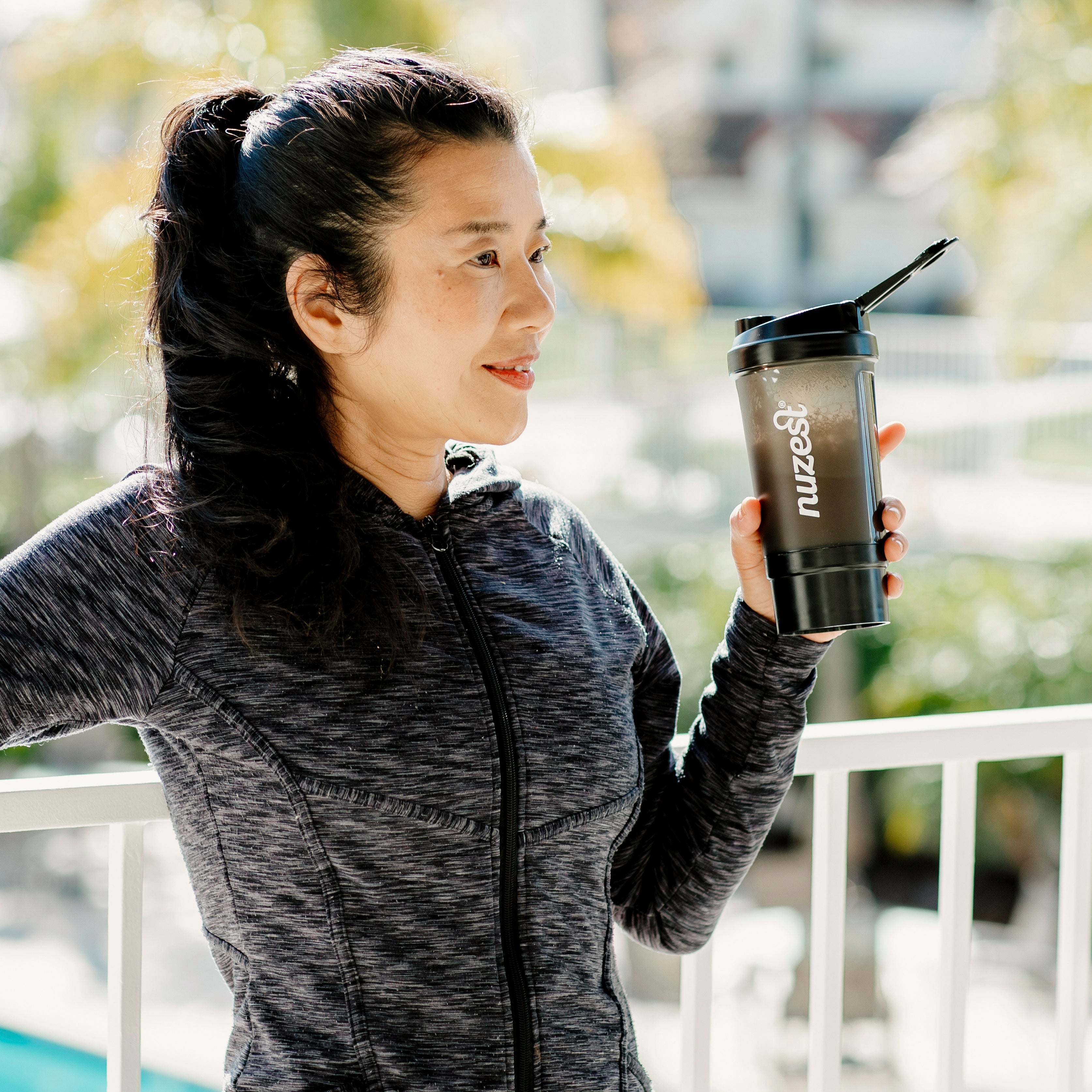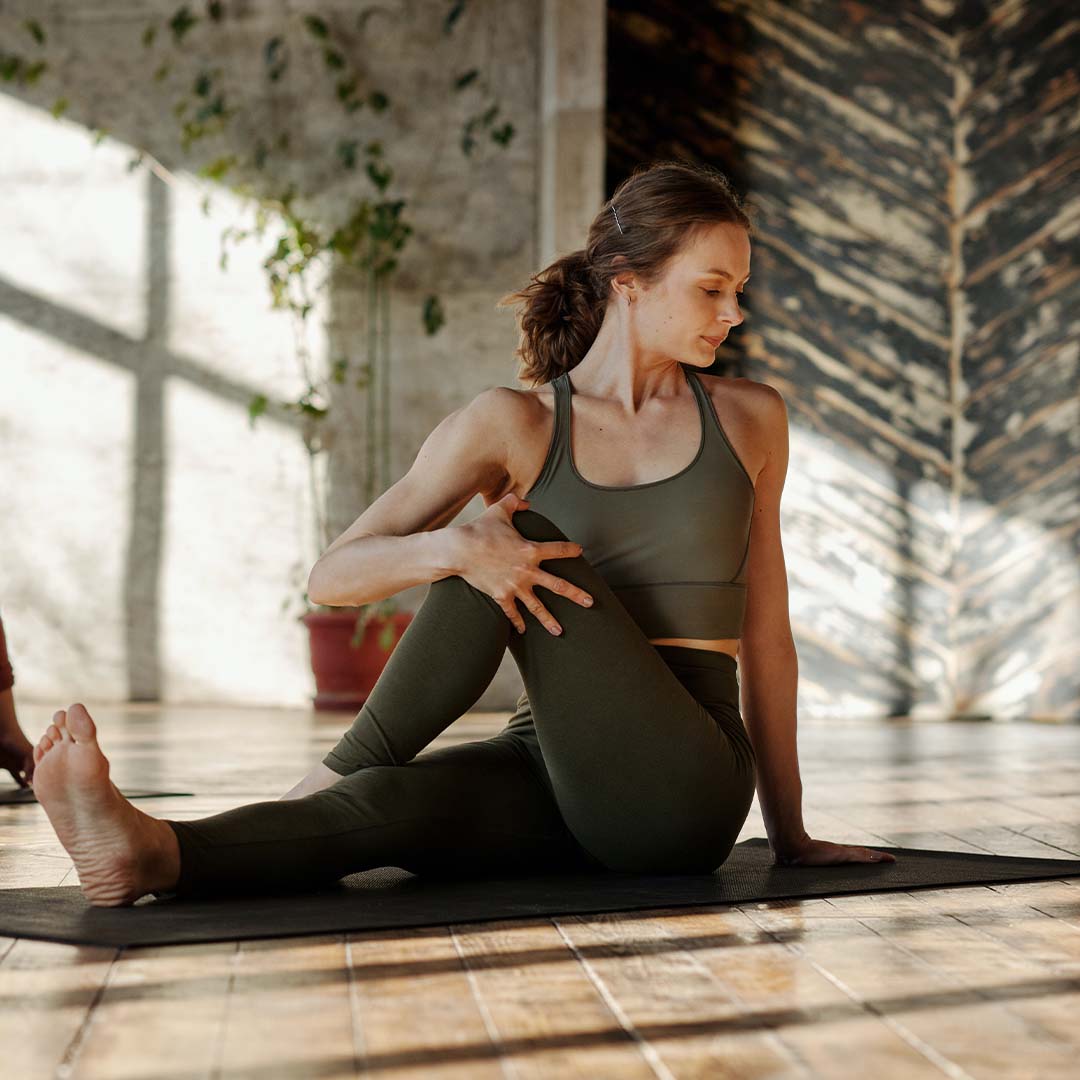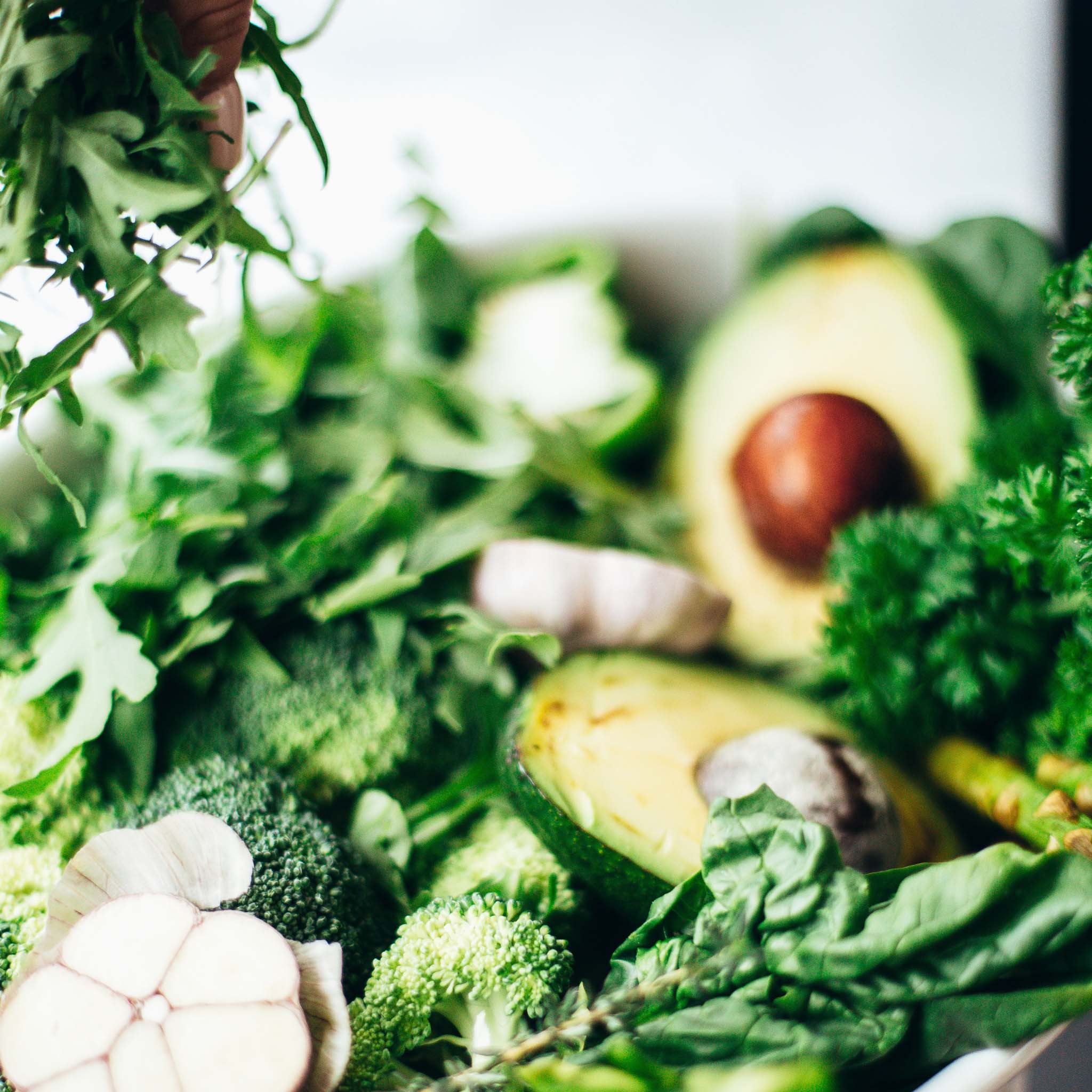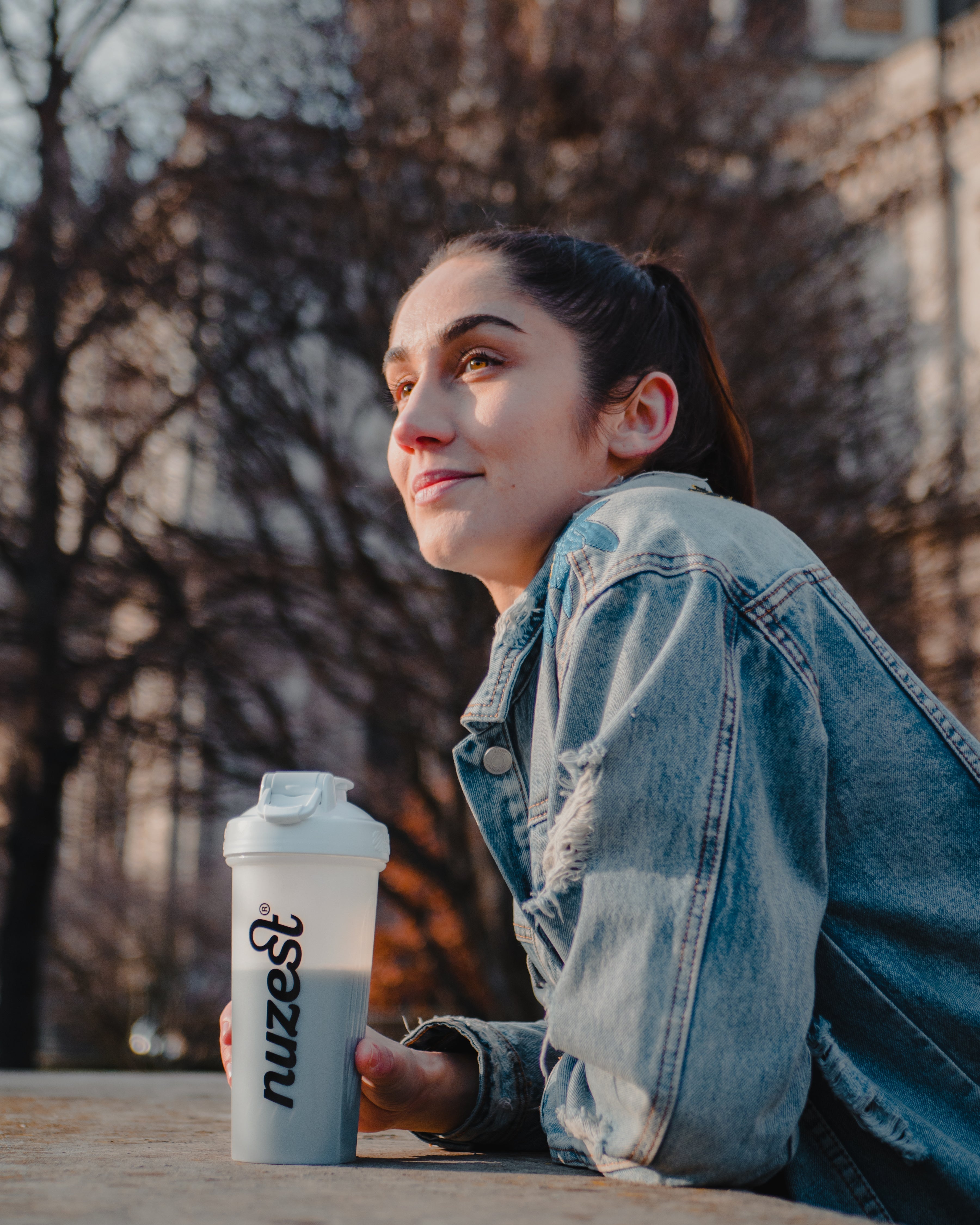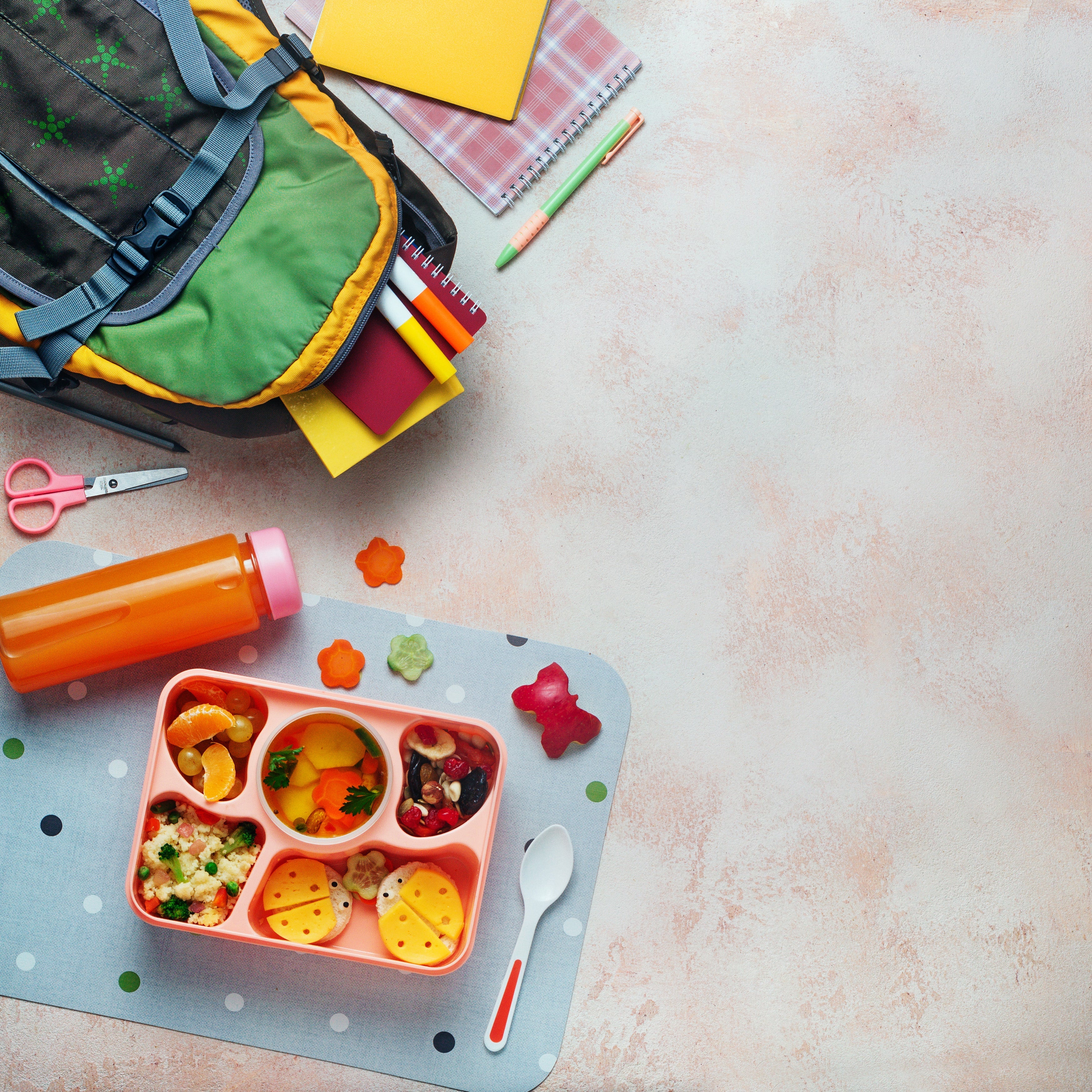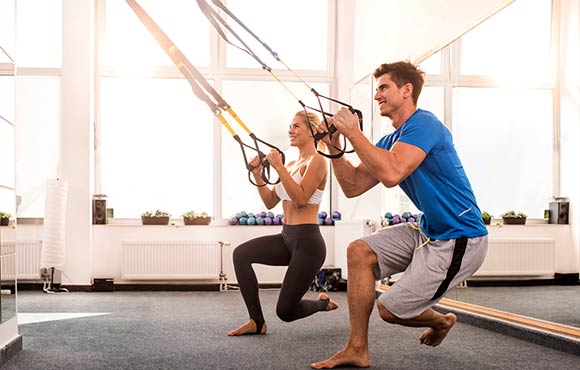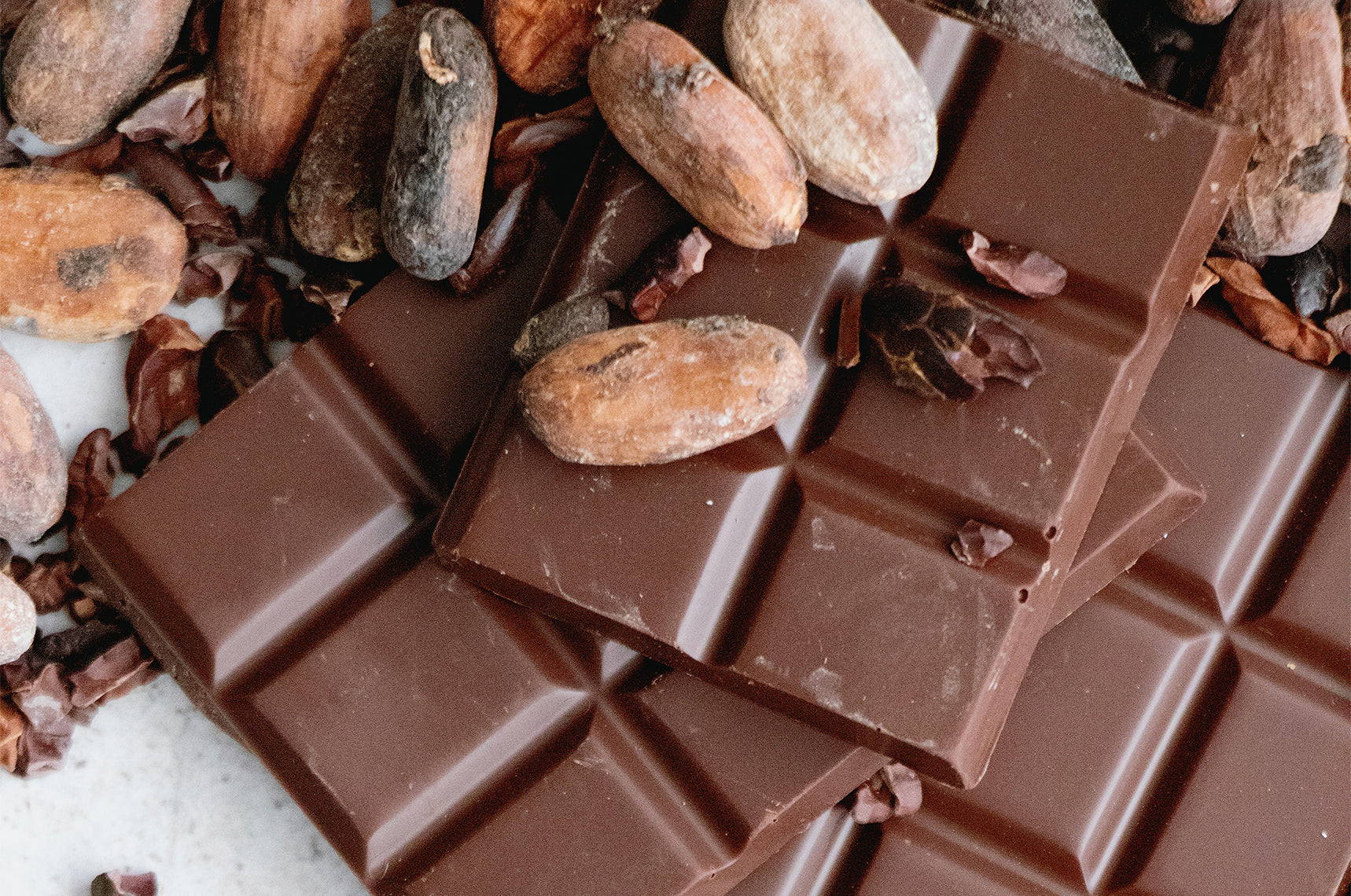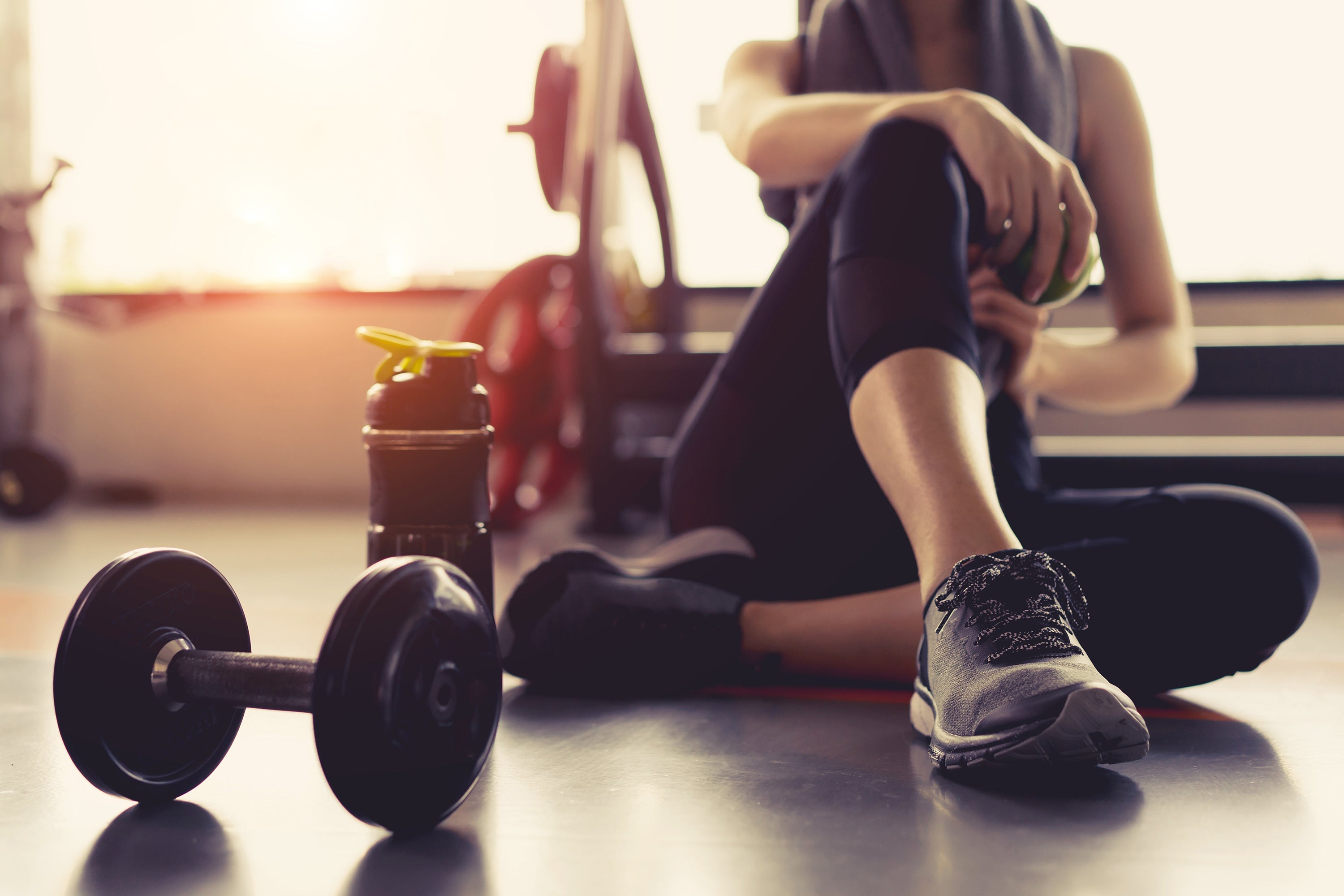With energy and vitality being so important for our children, what can we do to help support them? What lifestyle factors can influence our children to get the most out of each day for them to thrive? Here we uncover our top five tips to help boost your child’s energy and vitality and how a high quality multi like Nuzest Kids Good Stuff, can help to fill the nutritional gaps.
Make sure they get plenty of sleep
Sleep plays a crucial role in health and wellbeing; and needs to be prioritized - not only to help with daily energy levels, but also to support the body’s growth and development1. Not getting enough sleep can affect your child’s physical growth, their mood, behavior, and the ability to concentrate and learn2,3. Children need between 9 and 13 hours of quality sleep every night.
Sleep hygiene is a term that refers to the habits, behaviors and environmental factors which promote both the quality and duration of sleep. Here we have shared some tips for optimizing your child’s sleep hygiene:
- A sleep schedule - stick to the same bedtime each night. This helps establish a healthy sleep- wake cycle (called a circadian rhythm). Having exposure to the sun in the morning helps regulate the circadian rhythm too.
- A relaxing bedtime routine- such as having a bath, putting on comfy pajamas and then a bedtime story.
- A comfortable sleeping environment - a cool, quiet, dark, relaxing and comfortable bed and bedroom can help induce sleep.
- Avoiding stimulating activities before bedtime – try to avoid screen time such as watching TV, playing computer games or spending time on devices such as smart phones or tablets4.
Make sure they are physically active
Physical activity promotes physical health. It can help build strong bones and develop muscles; it can help promote a healthy weight and good cardiovascular health. It can improve mental health by reducing symptoms of anxiety and depression, improving mood and increasing self-esteem5. Physical activity can also help develop motor skills from running and jumping to writing and painting. Children who are physically active often find it easier to not only concentrate but also learn at school6 and sleep better at night. Physical activity comes in many forms from riding a bicycle, playing a team sport to swimming and yoga. Exposure to a variety of forms of movement can encourage our children to find physical activities they love to do, and they then become easy, healthy habits.
Limit screen time
As we already mentioned, screen time at bedtime is not conducive to sleep, yes, but too much screen time overall doesn’t help our little ones either7. The reality is that these devices are very much a part of our lives these days, and they can be valuable tools to help kids with learning, however, overuse can lead to:
- physical health issues such as obesity and poor posture
- mental health issues such as increased anxiety, depression and difficulty socializing
- developmental delays because children are spending less time exploring and interacting with their environment
- problems with addiction as screens can become addictive for some children and can lead to greater mental health challenges and learning challenges at school8,9,10
As with most things it’s about creating a healthy balance and finding what works best for your family11.
Make time for fun
Fun activities increase our levels of happiness and can help our children develop physically, socially, and intellectually12. These can help to reduce stress and to increase your child’s emotional well-being13. If a healthy activity or behavior is fun, they will want to do it on repeat, and before you know it, they have developed a love for health promoting habits such as learning, playing a sport, eating nourishing food, enjoying the bedtime routine etc. Time spent with family and time spent with friends fosters a feeling of connection and belonging. A positive and supportive environment can help encourage our children to express themselves. It can help them manage stress and improve mental health outcomes.
Nourish them
We’ve saved the best (and perhaps the most important) for last; nutrition is key. What we feed our children has a big impact on their energy and vitality. We want them to eat a well-balanced and nutrient-rich diet every day.
Ideally, each meal or snack is built around a quality protein source followed by good fats, complex carbohydrates and nourishing vegetables and fruit. Wholefood nutrition is best - food that is still in its more natural state - unrefined, unprocessed and full of its natural goodness. A nourishing diet provides the fuel and the building blocks for our children to grow, develop and thrive.
The number of calories our children need daily depends on their age, sex and of course how active they are. On average:
- children aged 4-5yrs need 70kcal/kg/day
- children 6-8yrs need 65kcal/kg/day
- children over 9yrs need 45kcal/kg/day14.
It’s not only what we feed our children, but also how. We want to facilitate a positive relationship with food, one they can carry into adulthood that supports good health. Sitting and eating undistracted is a great first step. This encourages mindful eating - a true awareness of the food being eaten and the ability to tune into hunger and satiety cues from within. As parents and caregivers, we can make healthy food options available, but let our children choose how much they want to eat. Involving children in food preparation expands on this. Not only can they learn essential food preparation and cooking skills, but they are also more likely to try new foods, flavors and textures. This can help overcome fussy eating and food anxiety; building knowledge and confidence in our children15,16. When cooking and food preparation is fun, it lays down a great foundation for a healthy lifelong relationship with food17.
At Nuzest, we understand how challenging it can be to get the good stuff into our children, and that’s why, after much demand from parents, we developed Kids Good Stuff (KGS). KGS is a tasty, plant-based multivitamin smoothie powder that is full of goodness. It contains more than 20 vitamins and minerals; plant foods such as broccoli sprouts, beetroot and spirulina; plant extracts such as blackcurrant, bilberry and brahmi; fibres and probiotics for good gut health and so much more. This helps to make nourishing our children a little easier when they might need some extra support and provides peace of mind for parents. One smoothie or shake a day can help to fill in any dietary nutritional gaps, and it comes in three delicious and convenient flavours: vanilla caramel, wild strawberry and rich chocolate.
References
- Helping young children sleep better [Internet]. Ministry of Health NZ. Available from: https://www.health.govt.nz/your-health/healthy-living/food-activity-and-sleep/sleeping/helping-young-children-sleep-better
- LeBourgeois MK, Hartstein LE, Wong SD, Ricker AA. Optimal sleep and circadian habits in infants and children. In: Kushida CA, editor. Encyclopedia of Sleep and Circadian Rhythms. San Diego, CA: Elsevier; 2023. p. 102–9.
- Chaput J-P, Gray CE, Poitras VJ, Carson V, Gruber R, Olds T, et al. Systematic review of the relationships between sleep duration and health indicators in school-aged children and youth. Appl Physiol Nutr Metab [Internet]. 2016;41(6 Suppl 3):S266-82. Available from: http://dx.doi.org/10.1139/apnm-2015-0627
- Pacheco D. Sleep strategies for children [Internet]. Sleep Foundation. 2020 [cited 2023 Apr 11]. Available from: https://www.sleepfoundation.org/children-and-sleep/sleep-strategies-kids
- Parajuli N, Shindhe M, Pradhan B. Effect of Surya Namaskara (Sun Salutation) on mental health, self-control and mindfulness of adolescent school children. Complement Ther Clin Pract [Internet]. 2023;50(101691):101691. Available from: https://www.sciencedirect.com/science/article/pii/S1744388122001591
- Howie EK, Pate RR. Physical activity and academic achievement in children: A historical perspective. J Sport Health Sci [Internet]. 2012;1(3):160–9. Available from: https://www.sciencedirect.com/science/article/pii/S2095254612000737
- Diler F, Başkale H. The influence of sleep patterns and screen time on the sleep needs of infants and toddlers: A cross-sectional study. J Pediatr Nurs [Internet]. 2022;67:e201–7. Available from: https://www.sciencedirect.com/science/article/pii/S0882596322001774
- Yue L, Cui N, Jiang L, Cui N. Screen use before sleep and emotional problems among adolescents: Preliminary evidence of mediating effect of chronotype and social jetlag. J Affect Disord [Internet]. 2023;328:175–82. Available from: https://www.sciencedirect.com/science/article/pii/S0165032723002112
- Axelsson EL, Purcell K, Asis A, Paech G, Metse A, Murphy D, et al. Preschoolers’ engagement with screen content and associations with sleep and cognitive development. Acta Psychol (Amst) [Internet]. 2022;230(103762):103762. Available from: https://www.sciencedirect.com/science/article/pii/S0001691822002773
- Chang F-C, Chiu C-H, Chen P-H, Chiang J-T, Miao N-F, Chuang H-Y, et al. Smartphone addiction and victimization predicts sleep problems and depression among children. J Pediatr Nurs [Internet]. 2022;64:e24–31. Available from: https://www.sciencedirect.com/science/article/pii/S0882596322000203
- Geniş Ç, Ayaz-Alkaya S. Digital game addiction, social anxiety, and parental attitudes in adolescents: A cross-sectional study. Child Youth Serv Rev [Internet]. 2023;149(106931):106931. Available from: https://www.sciencedirect.com/science/article/pii/S0190740923001263
- Piek JP, Kane R, Rigoli D, McLaren S, Roberts CM, Rooney R, et al. Does the Animal Fun program improve social-emotional and behavioural outcomes in children aged 4-6 years? Hum Mov Sci [Internet]. 2015;43:155–63. Available from: https://www.sciencedirect.com/science/article/pii/S0167945715300142
- Meyer S, Grob A, Gerber M. No fun, no gain: The stress-buffering effect of physical activity on life satisfaction depends on adolescents’ intrinsic motivation. Psychol Sport Exerc [Internet]. 2021;56(102004):102004. Available from: https://www.sciencedirect.com/science/article/pii/S1469029221001229
- Faizan U, Rouster AS. Nutrition and Hydration Requirements In Children and Adults [Internet]. PubMed. Treasure Island (FL): StatPearls Publishing; 2022. Available from: https://www.ncbi.nlm.nih.gov/books/NBK562207/#:~:text=Another%20way%20to%20generalize%20caloric
- Dovey TM, Staples PA, Gibson EL, Halford JCG. Food neophobia and “picky/fussy” eating in children: a review. Appetite [Internet]. 2008;50(2–3):181–93. Available from: http://dx.doi.org/10.1016/j.appet.2007.09.009
- Howard AJ, Mallan KM, Byrne R, Magarey A, Daniels LA. Toddlers’ food preferences. The impact of novel food exposure, maternal preferences and food neophobia. Appetite [Internet]. 2012;59(3):818–25. Available from: https://www.sciencedirect.com/science/article/pii/S019566631200284X
- Martins CA, Andrade GC, Oliveira MFB de, Rauber F, Castro IRR de, Couto MT, et al. “Healthy”, “usual” and “convenience” cooking practices patterns: How do they influence children’s food consumption? Appetite [Internet]. 2021;158(105018):105018. Available from: https://www.sciencedirect.com/science/article/pii/S0195666320316408
